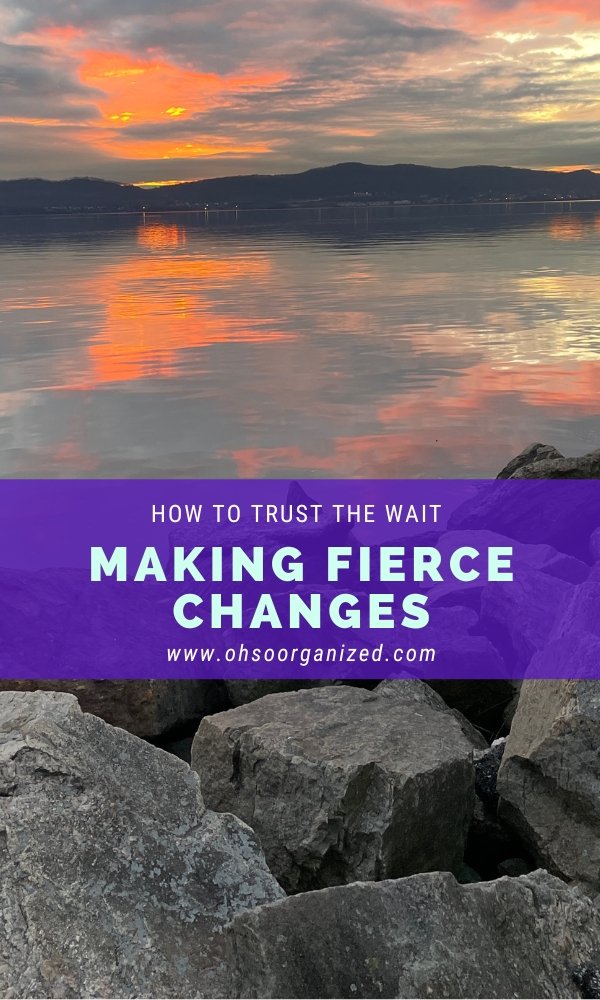What drives you to do something? There are many factors, and motivation is one of the most significant ones. Author and educator Kendra Cherry said, “It [motivation] is the driving force behind human actions.” However, you can’t take this “force” for granted. Motivation needs to be cultivated and encouraged. Even when you’ve clarified your why, using additional strategies to stay motivated can be valuable.
Summer brings longer days and a change of pace. This is an excellent season to attend to organizing and other projects or goals you have on hold. Is a lack of motivation preventing you from achieving your goals? If so, here are three quick strategies to help.
3 Ways to Increase Your Motivation Now
1. Set a Deadline
There’s nothing as powerful as a deadline to light the ‘motivation’ fire under you. One way to accomplish this is to bundle finishing tasks and projects with an event deadline, such as having guests over, leaving for vacation, or working between meetings. That added ‘beat the clock’ incentive creates a motivation boost.
Recently, we went away for vacation. While packing was one of the necessary things I did before departing, I was also incentivized and motivated by the ‘leaving soon’ deadline to finish other projects and tasks. I could go away with a clear mind, fully enjoy my time off, and return home to a calm environment.
2. Create Accountability
The number one reason clients contact me is because they are overwhelmed. When overwhelm is present, it can block the motivation needed to take action. The second reason clients reach out is that they recognize the value of accountability and want an accountability partner. Virtual organizing is a great way to mesh accountability and motivation for achieving your goals.
If you need help getting unstuck, moving forward with your organizing projects, or figuring out what comes next, let me know. I am ready to help. Contact me at linda@ohsoorganized.com or through this form.
“Motivation needs to be cultivated and encouraged.”
3. Pause to Restore
Being overworked and exhausted impairs motivation. Life isn’t only about doing and accomplishing. It would help if you had time to rest and restore. Even a short pause can be an effective way to increase your motivation.
Your pause can be a coffee break, a walk outside, several deep breaths, a mindfulness meditation, a quick nap, a massage, or a conversation with a friend. There is no limit to the types or lengths of pauses you can take.
One of the great pleasures for me is lying in our hammock. It’s a perfect way to pause, relax, rest, and restore. A few weekends ago, my husband and I took the pause together. What a joy! After a good rest, I had the energy and motivation to work on one of my projects.
Do these strategies resonate with you? What helps increase your motivation? I’d love to hear your thoughts and invite you to join the conversation.













